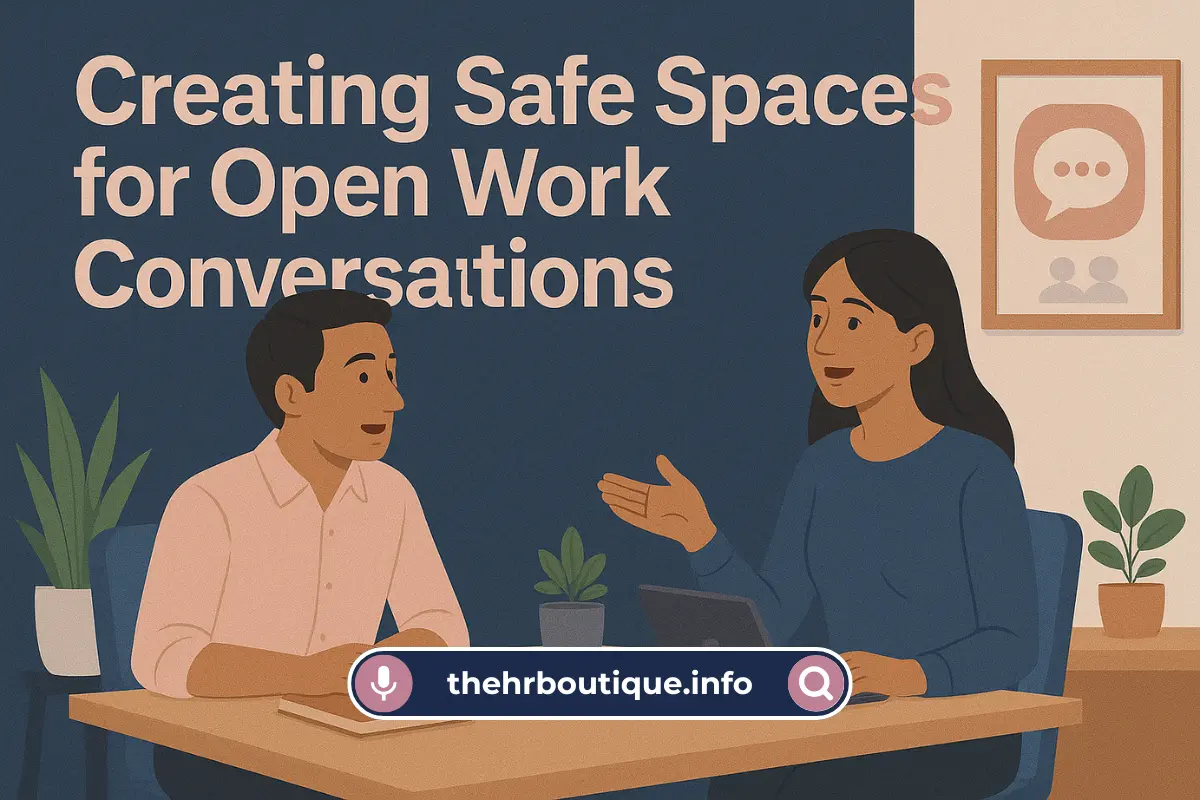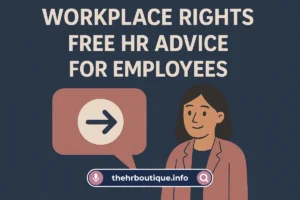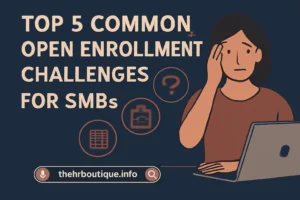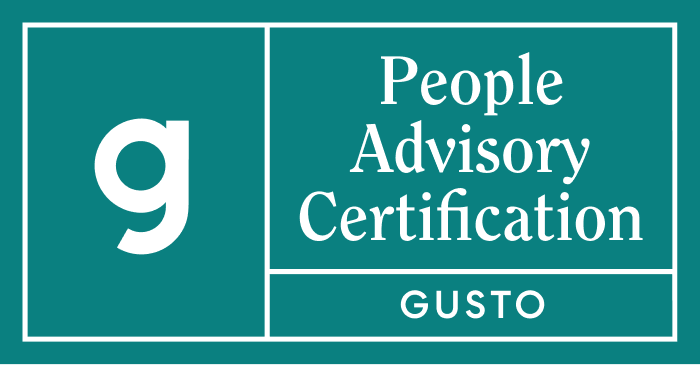Let me tell you about the worst feedback session I ever had to give.
Early in my HR career, I had to tell a manager – let’s call him Dave – that his team was terrified of him. Not “a little intimidated.” Full-on, panic-attack-during-one-on-ones, terrified. I prepared for days, rehearsed my talking points, and still completely botched it. I was so nervous about upsetting Dave that I watered down my message until it meant nothing.
Guess what happened? Nothing changed. I’ll never forget the day three resignation letters landed on my desk in the same week. Same team. Same reason: “I just can’t work with Dave anymore.” My stomach dropped. I’d known there were issues for months, but kept putting off that tough conversation, telling myself it wasn’t “the right time.” Well, turns out there’s never a “good” time – just expensive ones and really expensive ones.
After that disaster, I started approaching these talks differently. Here’s what I’ve learned works:
1. Stop Calling Them “Difficult Conversations”
The label alone makes everyone tense up. Try these instead:
- “Clarity conversations”
- “Progress check-ins”
- “How we work better together” chats.
2. The Magic Question That Defuses Defensiveness
Instead of launching into your prepared speech, start with:
“I want to make sure we’re aligned on [specific issue]. How are you seeing the situation?”
This does three things:
- Shows you’re not assuming you have all the facts.
- Gives them psychological safety to share their side.
- Often reveals misunderstandings before they become arguments.
3. The Feedback Formula That Actually Works
Forget the “compliment sandwich.” Everyone sees through that. Try this structure:
(a) The Headline
“I need to talk about what happened in yesterday’s client meeting.”
(b) The Specifics
“When you interrupted Jan three times while she was presenting…”
(c) The Impact
“…it made the client question our team’s coordination“
(d) The Invitation
“How could we handle this differently next time?”
4. When Emotions Run High
If things get heated:
- Pause – “Let’s both take five minutes.”
- Reset – “I think we both want [shared goal]”.
- Table it – “Can we revisit this Thursday with fresh eyes?”
5. The Follow-Up That Makes It Stick
Most workplace conversations fail here. Within 24 hours, send:
- What we agreed.
- What each person will do.
- When we check progress.
Final Thought
No one enjoys these conversations. But the alternative – silence, resentment, attrition – is so much worse. The best teams aren’t conflict-free; they’re conflict-competent.
Your Turn: What’s your most memorable tough workplace conversation (good or bad)? What did you learn from it? Hit reply – I read every response.





